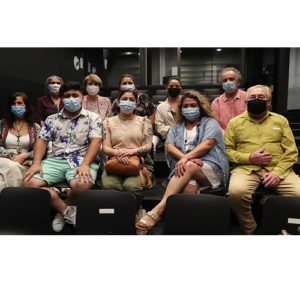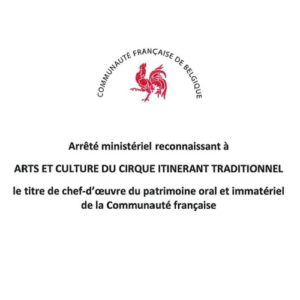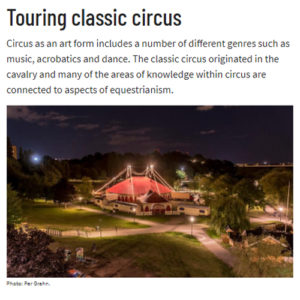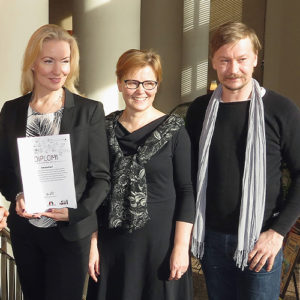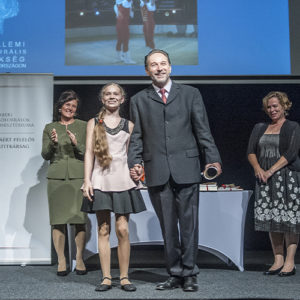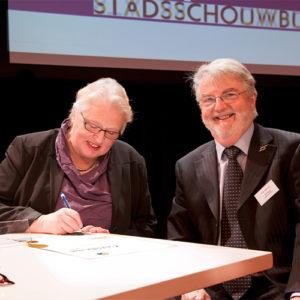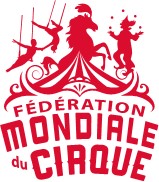UNESCO’s Intangible Cultural Heritage (ICH) Background
By the turn of the 21st century the content of cultural heritage has changed partially due to the initiatives and instruments developed by UNESCO. Cultural heritage does not end at monuments and collections of objects, but also includes traditions or living expressions inherited from our ancestors and passed on to our descendants. Driven by this conviction, UNESCO hosted the Intangible Cultural Heritage Convention (ICH) in 2003 calling upon the member states to join it. Until today 178 countries have ratified the Convention.
What is Intangible Cultural Heritage?
“The ‘intangible cultural heritage’ means the practices, representations, expressions, knowledge, skills – as well as the instruments, objects, artefacts and cultural spaces associated therewith – that communities, groups and, in some cases, individuals recognize as part of their cultural heritage. This intangible cultural heritage, transmitted from generation to generation, is constantly recreated by communities and groups in response to their environment, their interaction with nature and their history, and provides them with a sense of identity and continuity, thus promoting respect for cultural diversity and human creativity. . . . The ‘intangible cultural heritage,’ as defined above, is manifested in the following domains: (a) oral traditions and expressions, including language as a vehicle of the intangible cultural heritage; [and] (b) performing arts . . . .”
The FMC launched a massive campaign with the help of its members throughout multiple national circus communities since 2012 encouraging them to investigate the registration procedure for ICH, which usually differs country by country. There is a UNESCO office and a responsible collaborator for ICH in the countries that ratified the Convention. FMC also makes itself available to offer both theoretical and/or practical help to individual circus communities throughout the application process. More specifically, FMC can assist applicants on three levels:
- Intergovernmental
- UNESCO representative
- Circus community

